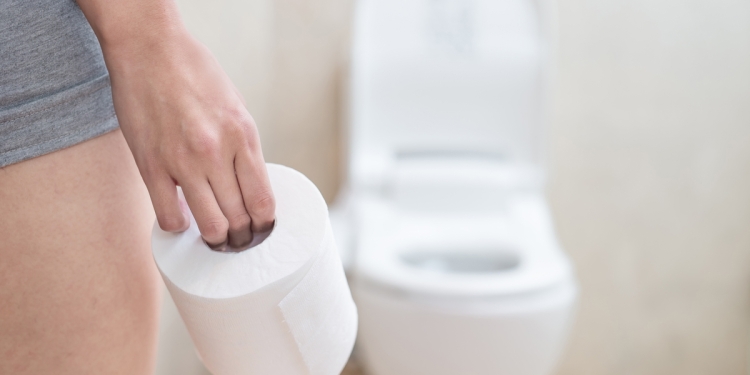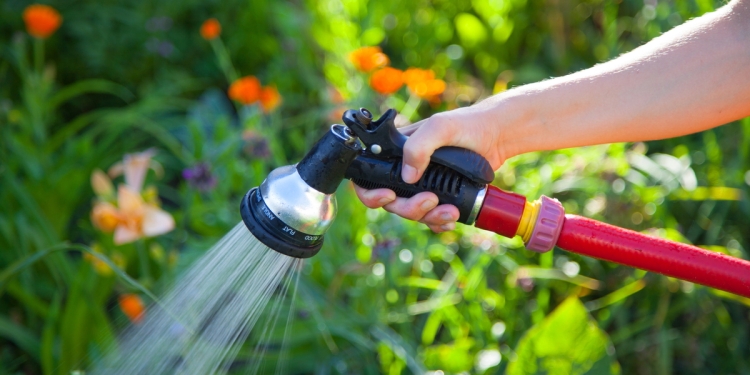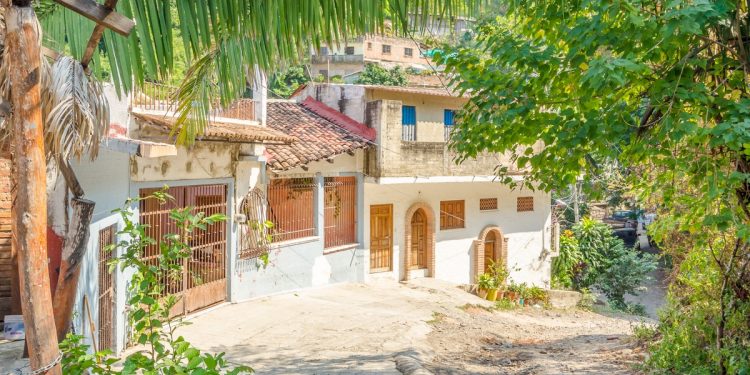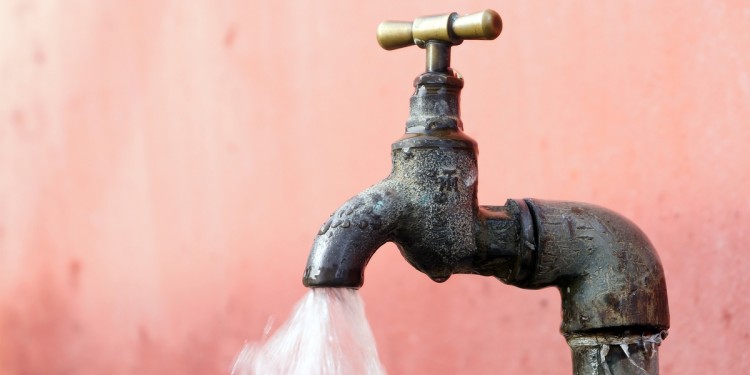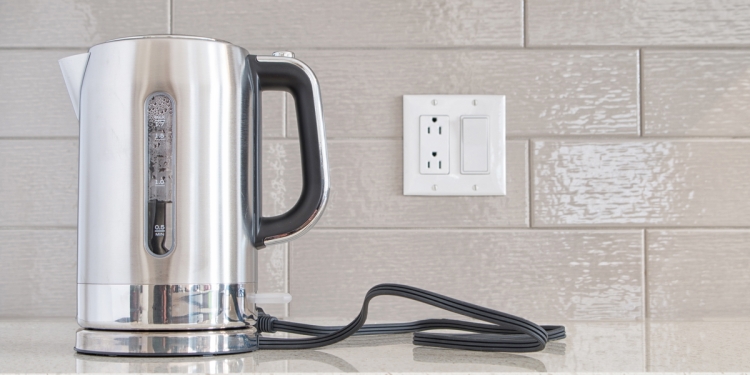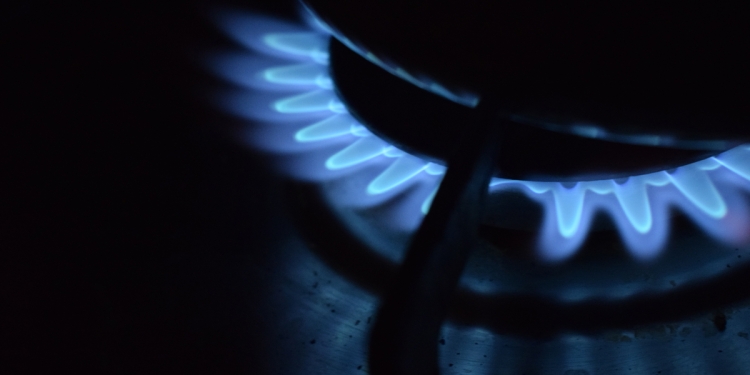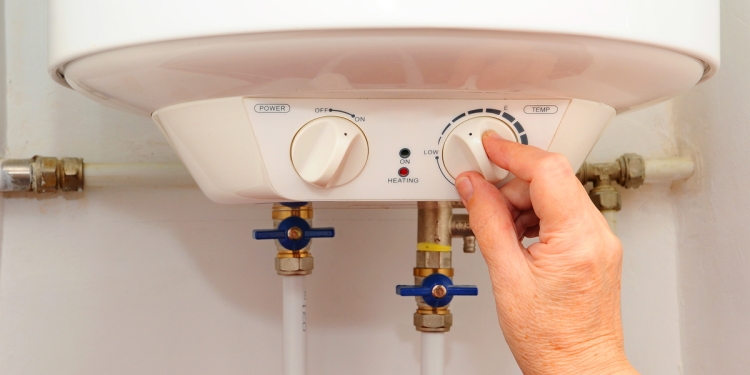In related articles about managing your house in Mexico, we’ve described the ways in which water is supplied to your home, and matters related to drinking water.
In this article, we describe how sewerage and waste water is typically managed at residential homes in Mexico, either via a mains sewer or a natural sewer (septic tank) system.
Two principal ways to deal with waste water
Typically. homes situated in well established neighborhoods in urban areas will have access to a municipally-run mains sewerage system, whereby the property’s waste water is connected to the town or city’s sewer for treatment and recycling.
Homes which are situated in rural areas, or districts of a town or city where the mains sewerage system does not reach —or cannot reach due to local topography or subsoil issues— need to use a septic tank system. Having your own septic tank might sound daunting, but lots of homes in Mexico have them, and they operate mostly trouble-free when properly cared for.
Mains sewerage systems in Mexico
Like the mains-fed water system, Mexico’s sewerage systems vary by city and neighborhood but, on the whole, Mexico’s sewerage systems are good enough, due in part to extensive government investment in recent decades to ensure that sewerage leaks are kept to a minimum and problems are dealt with swiftly due to the public health consequences of doing otherwise.
Accessing the mains sewerage system
If you rent or buy a built home in Mexico that has a mains-fed water supply, chances are the area will also have a mains sewerage system, and the property’s water waste pipe will already be connected to it.
If you are building your own home on a plot of land that is near to the town or city’s sewer main, you can pay to get the property connected to it. This work must be done by the local water authority; it cannot be done by your plumber or builders.
Paying for mains sewerage
Homes connected to a mains sewerage system are billed by the same local water authority that manages the mains water supply. Mains water bills are usually dispatched every two months, and the sewerage element is either a fixed charge or related to the volume of fresh water consumed.
See also: The cost of utilities in Mexico
Toilet paper: To flush, or not to flush?
If you visit Mexico, or if you’ve lived here a while, you will eventually encounter signs and notices posted in toilets and restrooms —both in public restrooms and toilets at some people’s private homes— requesting users to place toilet paper in the waste paper bin provided, and not to flush paper down the toilet.
Toilet paper is designed to break down very quickly in water, preventing blockages that might otherwise occur if it was to clump. However, as a courtesy to the owner of the toilet, it’s polite to respect the request and use the waste paper bins instead. In some older properties, waste pipes might be very old or narrow, so for practical reasons not flushing paper down makes sense in that circumstance.
In your own home, you can choose whether to flush down toiler paper or not. Some homeowners that use a septic tank system believe that toilet paper will damage the system, but this is unfounded as modest amounts of toilet paper are perfectly safe for septic tank systems.
Flushing too much toilet paper at once, whether the property is old or new, or using a mains sewer or septic tank system is likely to cause blockages.
Septic tank sewerage systems in Mexico
If the property you rent or buy (or intend to build) is not near a mains sewerage system, the property will have a septic tank (natural sewer) instead.
Septic tanks are most common on properties situated in rural or remote areas, although even some neighborhoods in cities may use one if the property is too far away from the nearest mains sewerage duct.
How septic tank systems work on a property
In essence, a septic tank is quite simple, and properly cared for (see below) will be mostly self-managing.
- Waste water from the property is piped into a septic tank buried underground at least a couple of meters away from the buildings.
- From there, waste passes through a ‘drainfield’—a series of underground pipes and concrete boxes filled with gravel.
- Afterward, the waste water passes into the surrounding soil, where it becomes a type of natural fertilizer.
- This article and video share an excellent overview about septic tank systems, types, and how they work.
Maintaining a healthy septic tank system
A septic waste water system on your property will usually look after itself provided you take care of it and are mindful about what you allow to be put down the toilet and the drains. It might need to be pumped out periodically, and especially if a problem develops.
Here are some tips to help maintain your septic tank system.
Get familiar with the system
If you have never rented or purchased a house with a septic tank system ask the owner (or previous owner) about it. Make sure you know where it’s situated on the property and how to get access to it.
Only flush toilet paper
Other than bodily waste, nothing other than toilet paper should ever be flushed down. Toilet paper is designed to break down and is ‘septic tank safe,’ but paper tissues are not, so those and diapers, dental floss, hygienic pads, etc. should all be discarded in a waste bin, never down the toilet. Anything containing plastic or rubber can wreck your septic system and require you to have it pumped out.
Avoid putting undue stress on the system
Too much water all at once is not good for a septic tank system. For example, it’s better to do laundry over several days instead of doing it all in one day. Similar with dish washers. Keep showers short, and if you use a bath, try not to drain it at the same time you are doing laundry.
Be careful with your kitchen sink
It’s possible (but not ideal) to use ‘food disposal grinders’ with a septic tank, but only if the food you are grinding down is easily biodegradable, i.e., natural foods, not processed—and never in excess quantities.
It’s best to wipe out food scraps into a separate waste bin and compost those separately, so that the amount of food waste going down your drain and entering your septic tank is minimized.
Oil, grease, and other fats from cooking should not be washed down your sink. Some systems have a ‘grease trap’ that collects fat before it reaches the septic tank and this will need cleaning out occasionally. In any event, it’s best practice to remove as much food/oil/fat from your dishes using an absorbent paper towel before washing them.
Beware of cleaners and chemicals
Septic tanks depend on good bacteria to break down all the waste. Harsh cleaners and chemicals can kill these bacteria and make your tank less efficient, or cause it to malfunction.
Some sites that publish information about septic tanks claim that small amounts of bleach won’t damage the tank; it’s probably best to avoid using bleach as a whitener in your laundry, for example.
Never use drain de-blocking chemicals if you have a septic tank. Drano and similar products contain highly corrosive acids that will kill the bacteria in your tank’s system. If you need to de-clog a drain use a rubber plunger or a drain snake coil, instead.
Using natural cleaners like white vinegar, salt, citrus, baking soda, boric acid (borax), as alternatives to commercial cleaning products can help to protect the integrity of your septic tank.
Regular maintenance, and tank replacement
You might occasionally need to get your septic tank pumped out—check locally for service providers who do this, or ask a plumber for a referral.
If the septic tank is very old or becomes damaged, it will begin to leak and you’ll know by the stench and waste water that will rise from the ground near where the tank is buried. Contact a plumber if you need to replace it, or the property owner if you’re renting. Septic tank replacement is quite a big job as it requires considerable digging and other labor in addition to the new parts.
Learn more about water supplies in Mexico
Mexperience publishes articles and guides to help you understand water supplies and the efficient use of water at your home in Mexico, including:
- Water delivered to residential homes in Mexico
- Understanding water pressure systems
- Clarity about drinking the water
- Latest articles related to use of water in Mexico
- Latest articles about Mexico’s rainy season and dry season
Mexico in your inbox
Our free newsletter about Mexico brings you a monthly round-up of recently published stories and opportunities, as well as gems from our archives.

